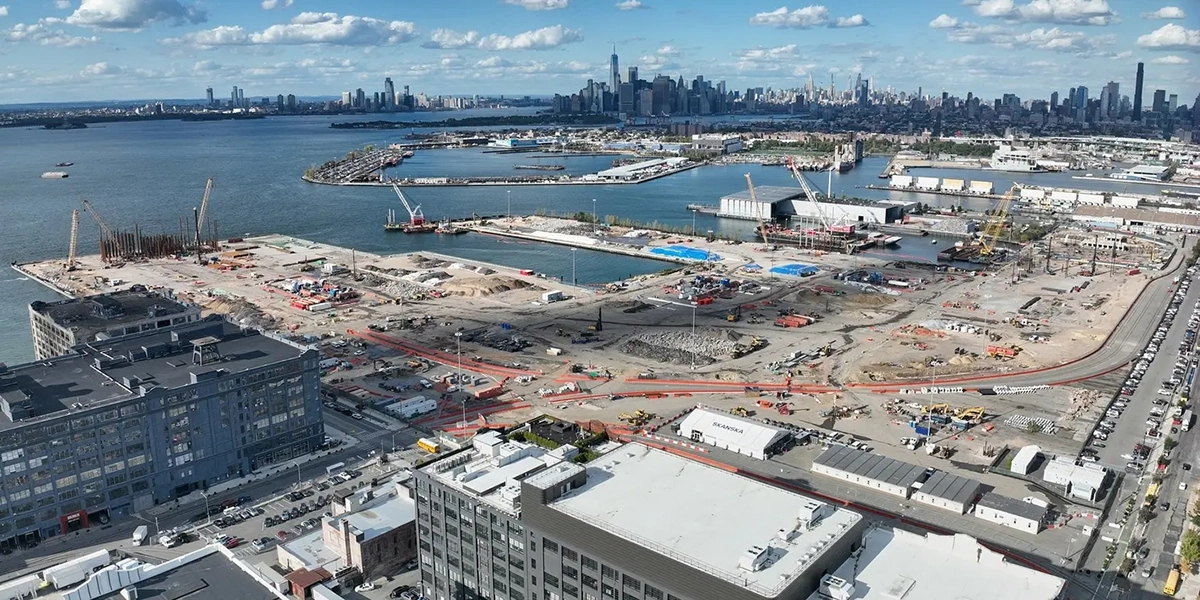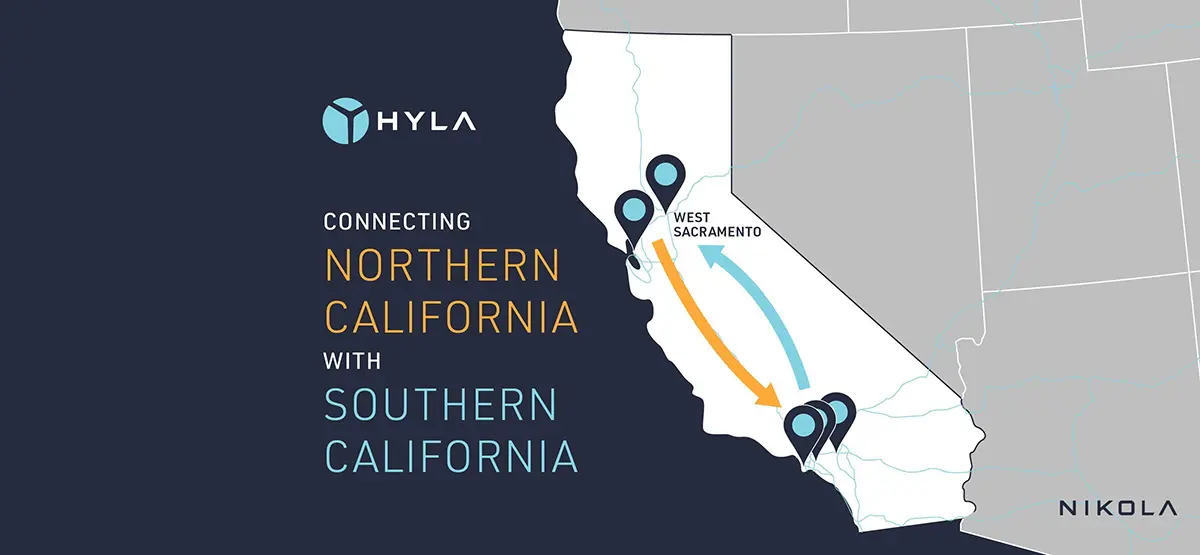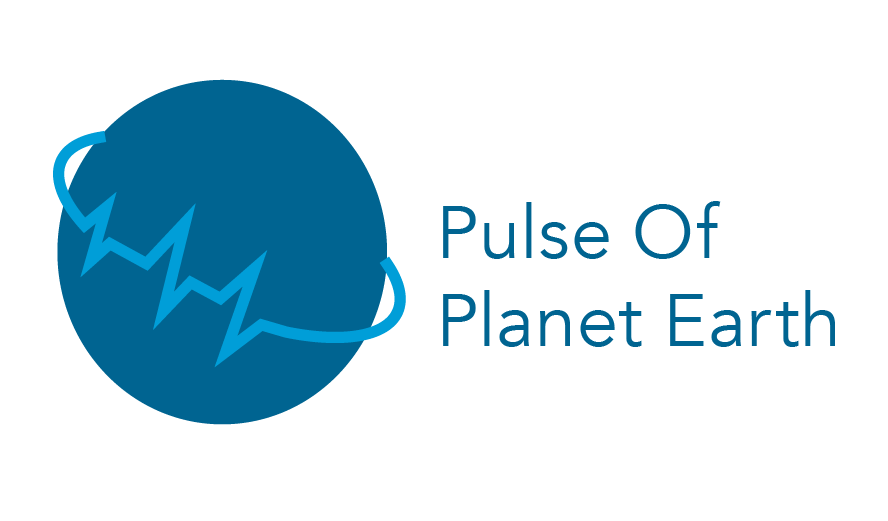
European Commission Approves US$3.21 Billion German Hydrogen Plan For Long-Distance Transport Pipelines

The European Commission has approved, under European Union State aid rules, an estimated US$3.21 billion German scheme to support the construction of the Hydrogen Core Network (HCN). The measure will contribute to the achievement of the objectives of the EU Hydrogen Strategy and “Fit for 55” package, by enabling the creation of hydrogen transmission infrastructure that is needed to foster the use of renewable hydrogen in industry and transport by 2030. The Fit for 55 package is a set of proposals to update the European Union’s climate legislation and is named after the climate target of reducing EU emissions by at least 55% by 2030.
The German Scheme
Germany notified the commission of its intention to introduce a US$3.21 billion scheme to support the construction of the domestic HCN. The HCN is intended to become the backbone of long-distance transport pipelines for hydrogen in Germany and part of the European hydrogen backbone connecting several member states. The measure aims to facilitate investments in the construction of the HCN. Necessary investments include repurposing existing gas pipelines to transport hydrogen and building new hydrogen pipelines and compressor stations.
“A core network of pipelines to transport hydrogen is crucial to trigger investments in hydrogen production and consumption, and can help accelerate the green transition,” said Margrethe Vestager, executive vice-president in charge of competition policy for the European Commission. “The German scheme approved today will significantly contribute to the development of a European hydrogen market while minimizing any potential distortions to competition.”
The construction and operation of the HCN will be financed by hydrogen transmission system operators (TSOs), who will be selected by the German federal network agency, Bundesnetzagentur. The aid will take the form of a state guarantee, allowing the TSOs to obtain more favorable loans to cover initial losses in the ramp-up phase of the HCN. At first, Germany expects only a small number of consumers to use the network. The tariffs will be lower than otherwise needed to cover relevant costs and encourage the use and uptake of hydrogen.
The loans will be provided by the German national promotional bank Kreditanstalt für Wiederaufbau at its own refinancing cost, below market rates. The loans will be paid back over a period ending in 2055, with reimbursements being progressively backloaded in line with expected increase in hydrogen demand. The estimated aid amount of US$3.21 billion corresponds to the additional financing costs that the TSOs would have had to bear absent the state guarantee.
The first major pipeline is expected to be operational by 2025, while the completion of the entire HCN expected in 2032. The HCN will be regulated under the internal energy market legislation, making it subject to non-discriminatory third-party access and tariff regulation.
The measure complements steps taken under the Important Project of Common European Interest (IPCEI) framework, specifically the IPCEI Hy2Infra, approved by the commission in February 2024.
The Commission’s Assessment
The commission assessed the scheme under EU State aid rules, in particular Article 107 (3)(c) of the Treaty on the Functioning of the European Union (TFEU), which enables member states to support the development of certain economic activities subject to certain conditions, and the 2022 Guidelines on State Aid for Climate, Environmental Protection, and Energy (CEEAG).

The commission found that:
- The measure facilitates the development of an economic activity, in particular the construction and operation of the hydrogen transmission network. In addition, the scheme is necessary and appropriate to speed up investments in hydrogen transmission infrastructure. At the same time, it supports the objectives of key EU policy initiatives such as the European Green Deal and the Fit for 55 package.
- The scheme is proportionate, as the level of the aid corresponds to the effective financing needs while safeguards limit aid to the minimum.
- The aid has an incentive effect, as the supported infrastructure would not be financially viable without the public support, in view of the uncertainty about the prospects of the future market for hydrogen.
- The aid brings about positive effects which outweigh any potential distortion to competition and trade in the EU.
On this basis, the commission approved the German scheme.
Background
The 2022 CEEAG provide guidance on how the commission will assess the compatibility of environmental protection, including climate protection, and energy aid measures. The commission believes the guidelines help member states provide the necessary support to reach the Green Deal objectives in a targeted and cost-effective manner. The rules involve an alignment with the EU’s objectives and targets set out in the European Green Deal and with other recent regulatory changes in the energy and environmental areas and will cater for the increased importance of climate protection.
With the European Green Deal Communication in 2019, the commission set an objective of net-zero emissions of greenhouse gases in 2050 that is enshrined in the European Climate Law. In force since July 2021, the law also introduced the intermediate target of reducing net greenhouse gas emissions by at least 55% by 2030. Through the adoption of the Fit for 55 legislative proposals, the EU has in place legally binding climate targets covering all key sectors in the economy.
In July 2020, the commission published its EU Hydrogen Strategy, setting goals for clean hydrogen production and use, and launched the European Clean Hydrogen Alliance, bringing together the European hydrogen community (industry, civil society, and public authorities).
The Fit for 55 package put forward a number of legislative proposals that translate the European hydrogen strategy into concrete European hydrogen policy framework. This includes proposals to set targets for the uptake of renewable hydrogen in industry and transport by 2030 in the Renewable Energy Directive. It also includes the hydrogen and decarbonized gas market package to support the creation of optimum and dedicated infrastructure for hydrogen, as well as an efficient hydrogen market, which has a specific provision for measures such as the one Germany notified.









